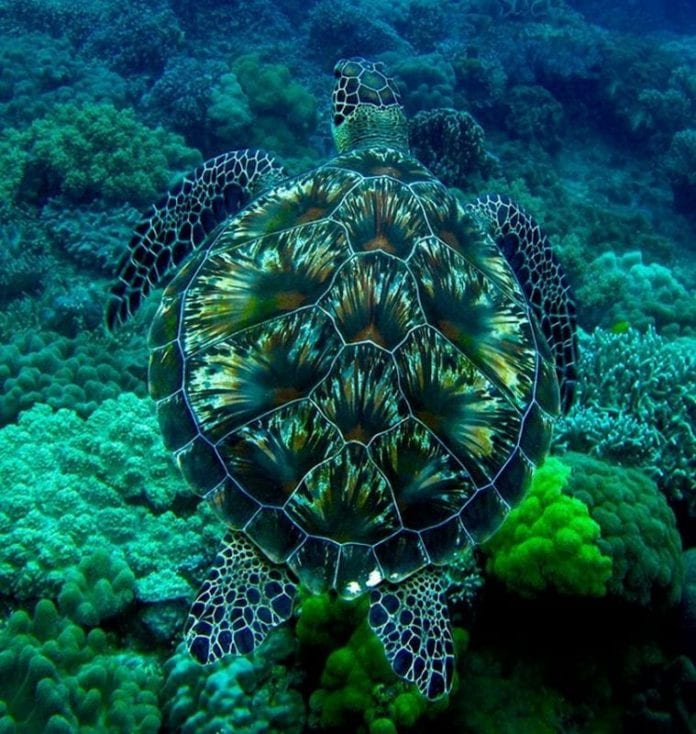We had all played hide and seek when we were kids, right? It guaranteed hours of fun and a lot of adrenaline when you get caught. Now, you may think that you were good at it, but we are here to prove you wrong.
In the animal world, there are some species that are absolute champions at making themselves invisible. You might have tried hard when you played hide and seek, but these things have a biological advantage, and you can do nothing about it. All the way from caterpillars that are virtually invisible on leaves to geckos that go full camo mode on you to spiders that look like sand we present to you the list of animals that you couldn’t spot even if you wanted to.
#1 Common Baron Caterpillar

Euthalia aconthea or the common baron is a butterfly species that comes from the Common Baron Caterpillar family. These fellows are masters of disguise. Caterpillars are almost invisible while they are on leaves and when they become butterflies they acquire brown color, and again they become hard to catch. They are mostly found in India and blend in well with the surroundings.
#2 Great Horned Owl

This cute fellow also goes by the name of Tiger Owl. Upon finding this owl species, naturalists described it as a ‘winged tiger, ‘ and it is not hard to see why. This one is extremely adaptable and is most widely present in Americas.
#3 Leaf-Litter Toads
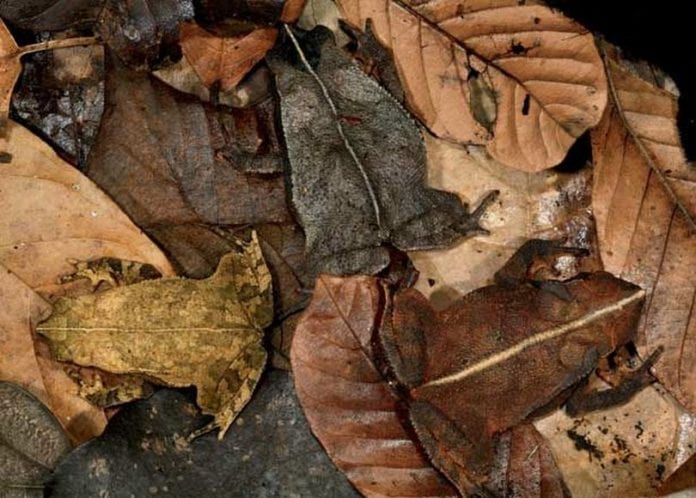
These guys are not so attractive we must admit. And be careful if you like to collect leaves (for some reason) because they might not be so friendly and sociable. And we encourage you not to pick them up since they are officially an endangered species. This species was originally found in Cambodia.
#4 Leaf-Tailed Gecko
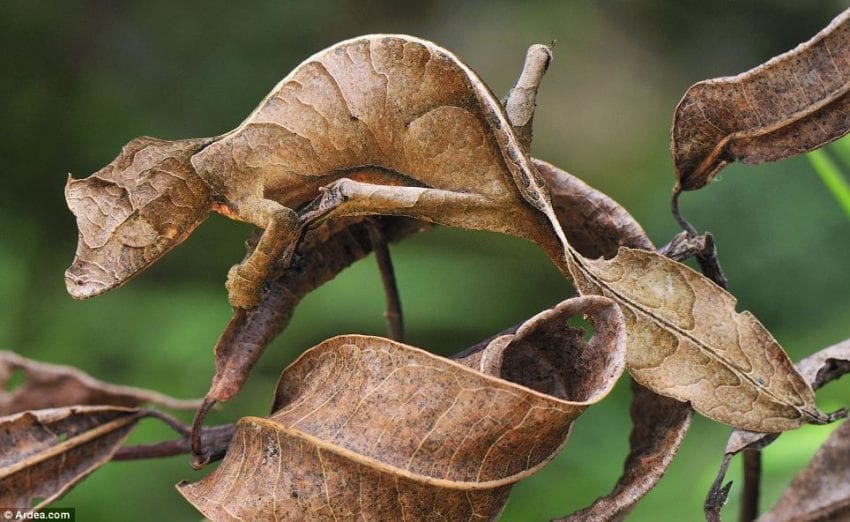
This little fellow is also known as Baweng satanic leaf gecko. He is to be found in Madagascar and is the smallest gecko from the line of Uroplatus geckos. Again, for the fans of leaves beware, this is not an actual leaf, it is an animal. It is approximately 2.6 to 6 inches long and has a flat tail that looks like a leaf. He has big eyes and likes to eat insects. He is also an expert on avoiding predators. To be fair, the chances of you encountering this guy are slim.
#5 Uroplatus Gecko
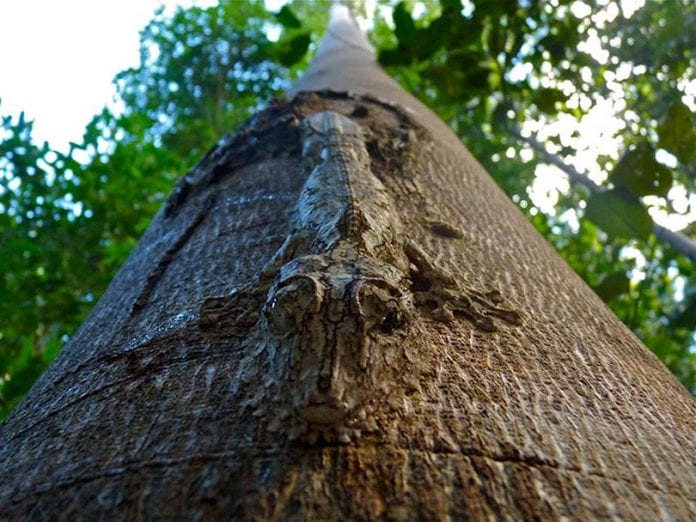
We have mentioned its younger (smaller) brother that looks like a leaf. Now we have a species that looks like tree crust. He is a bit bigger and a bit scarier if you ask us, but like his brother, he is also an expert on avoiding predators and only eats insects. Humans, you are safe!
#6 Pygmy Seahorse
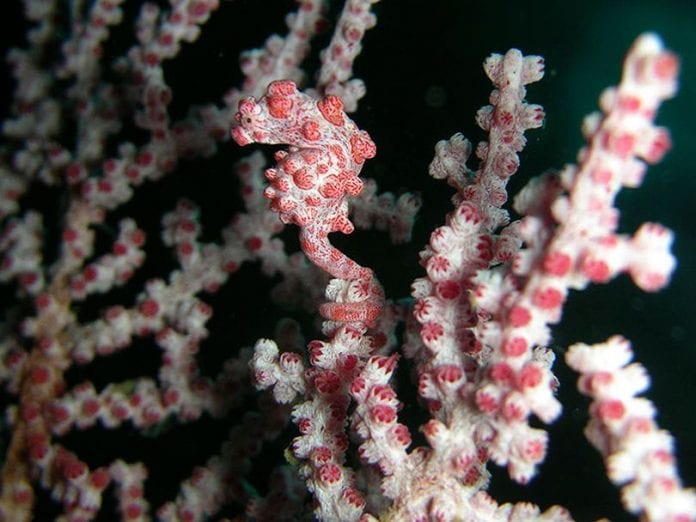
This one is extremely tiny and is usually found on the bottom of the sea. They are also masters of camouflage and look like seagrass and corals. And if by any chance you stumble upon them (under the sea) they have a fleshy head and body, a very short snout and a long, prehensile tail.
#7 Tropidoderus Childrenii (Children’s Stick Insect)
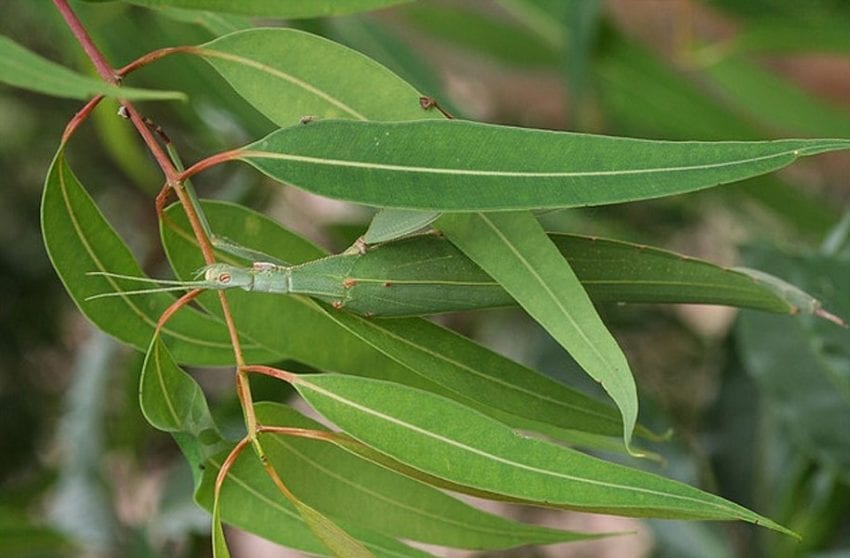
These are relatively large stick insects that are about 110 millimeters long. These fellows can be found in eucalyptus trees since their main source of food is the leaves of this tree. The long yellow strip is featured on the center of their bodies, and it matches the exact color of the vein. That helps them in avoiding their enemies.
#8 Gray Treefrog
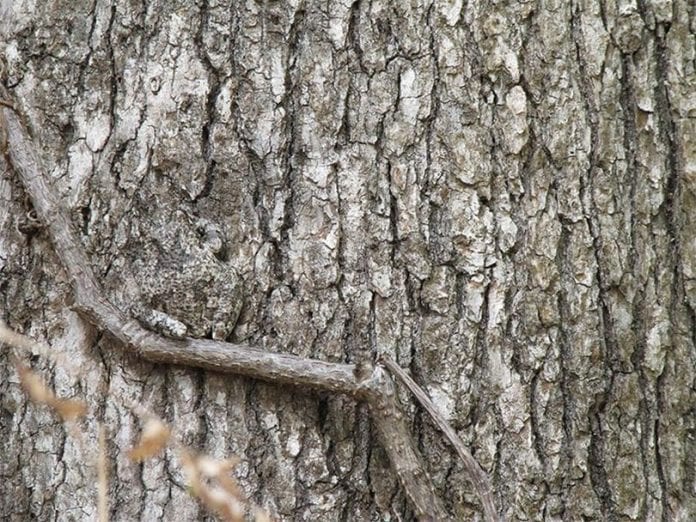
Hyla Versicolor or the gray treefrog is a small arboreal frog native to much of the eastern USA and southeast of Canada. These guys vary in color because of their ability to camouflage at the exact spot where they are sitting. They can change from nearly black to almost completely white. However, they change colors slower than chameleons.
#9 Wrap-Around Spider
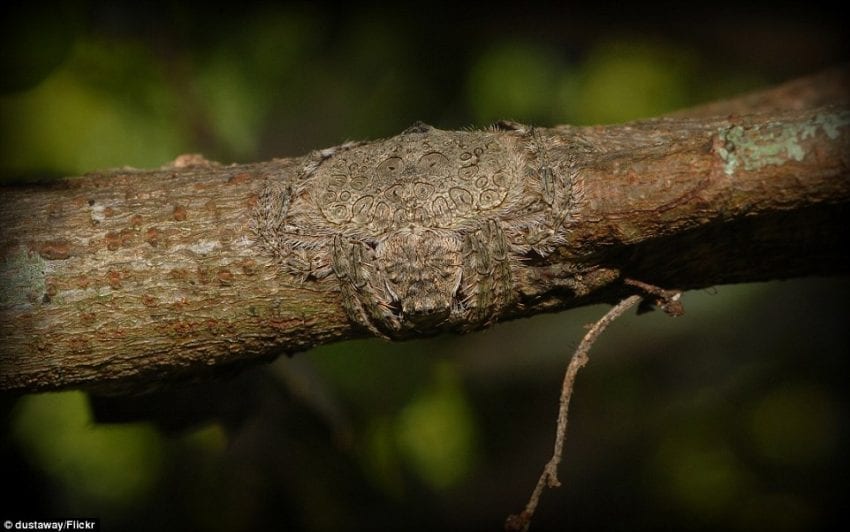
This guy is the thing of nightmares. You won’t spot this one, there is no bloody chance. Try to climb trees less, we advise you! Female adults are usually around 8mm whereas the males are somewhere around 4-5mm. Wrap-around spiders have concave undersides to their bodies to allow them to wrap around small branches for camouflage, and at night they build large webs vertically between trees.
#10 Wolf Spider
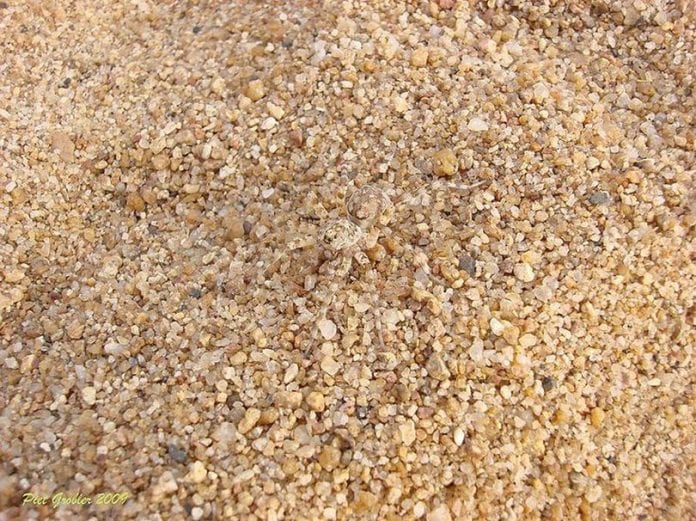
These little venomous beings are members of the family Lycosidae. Robust in their build they are great hunters with excellent eyesight. Just like wolves, they spend their whole lives in solitude. They hunt alone and do not spin webs. If you get bitten by it, and we pray to God that you don’t their venom will cause swelling, mild pain and itching. Best left undisturbed if you ask us. Don’t go looking for trouble.
